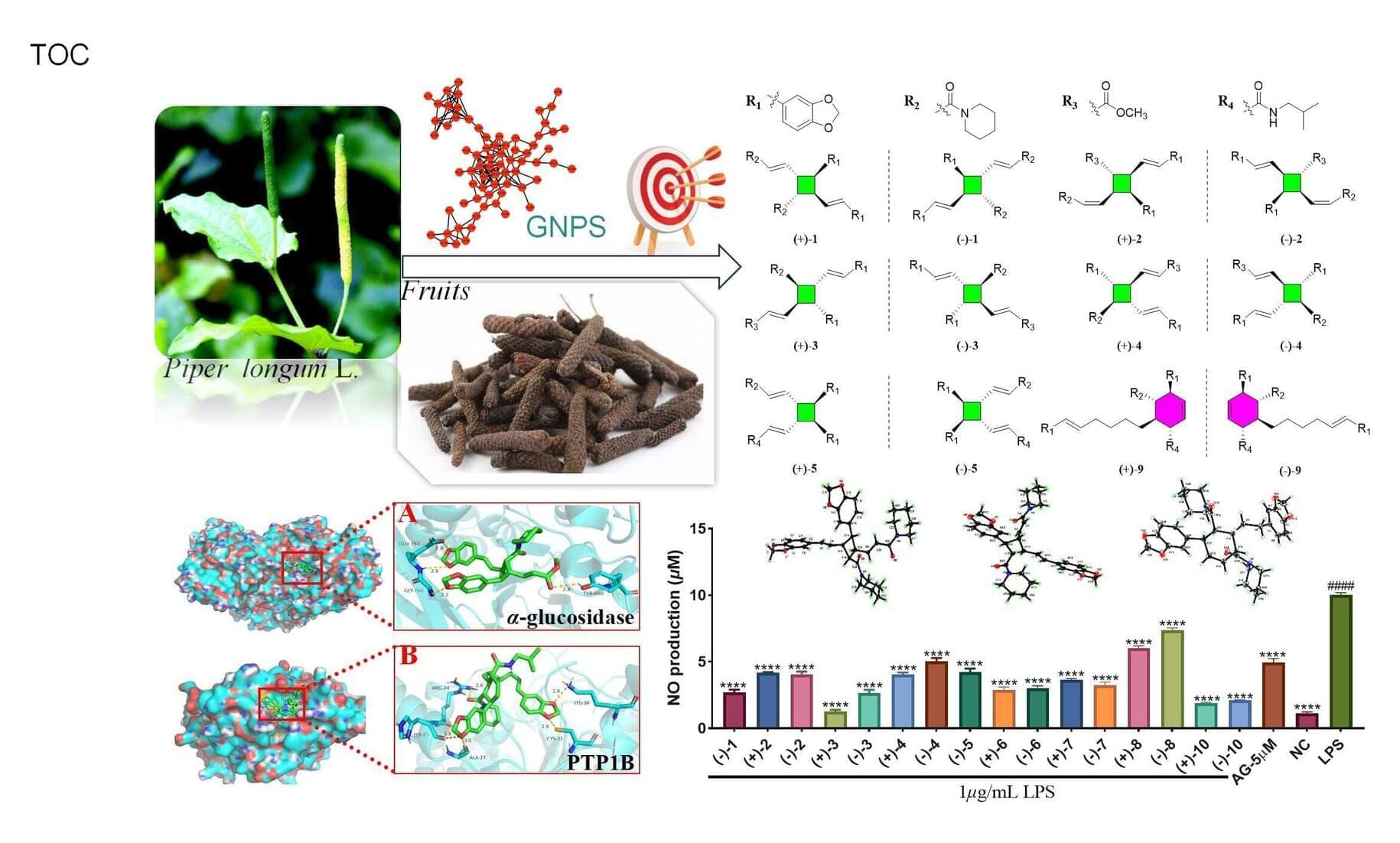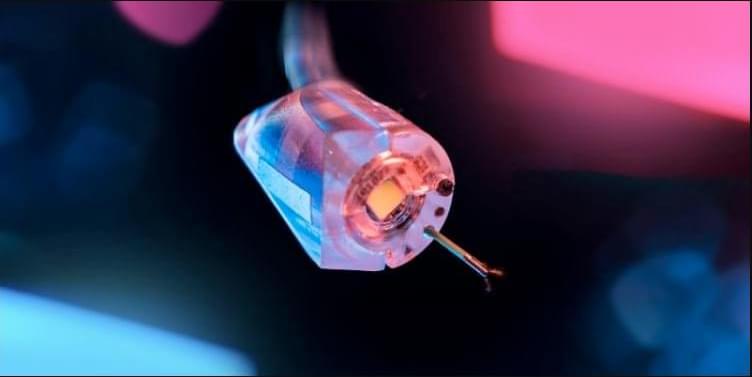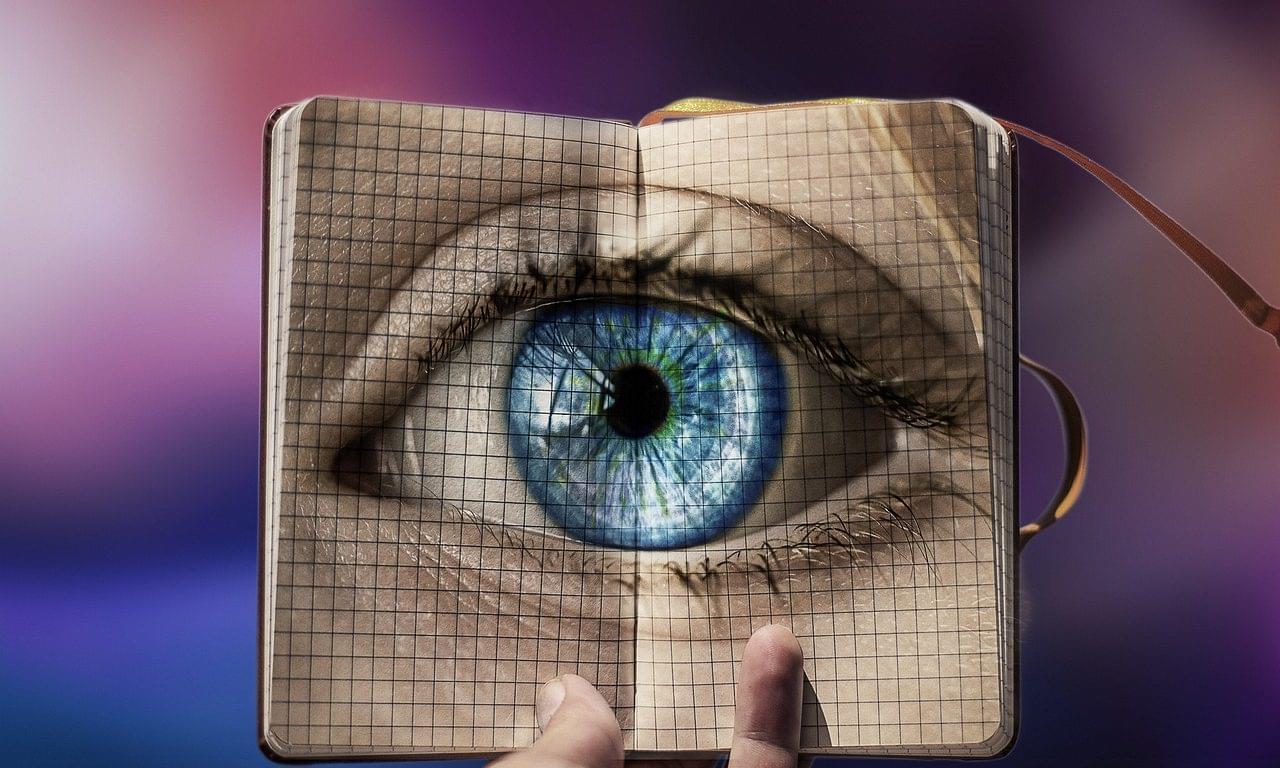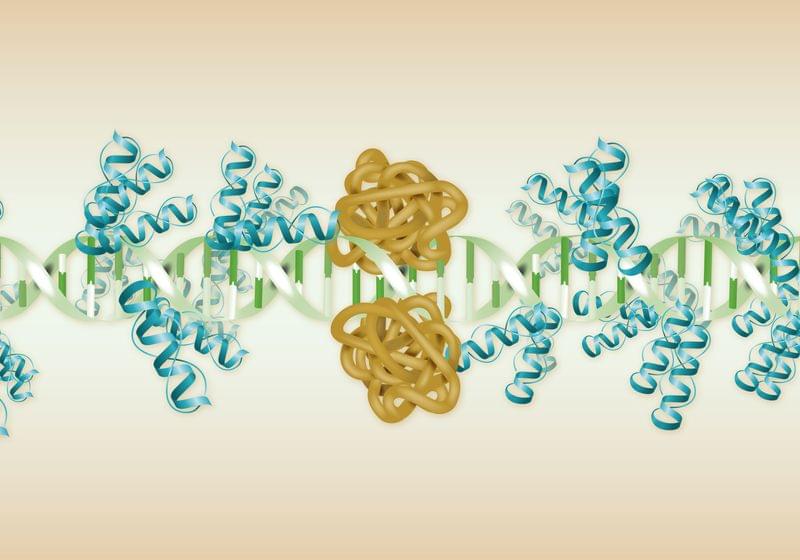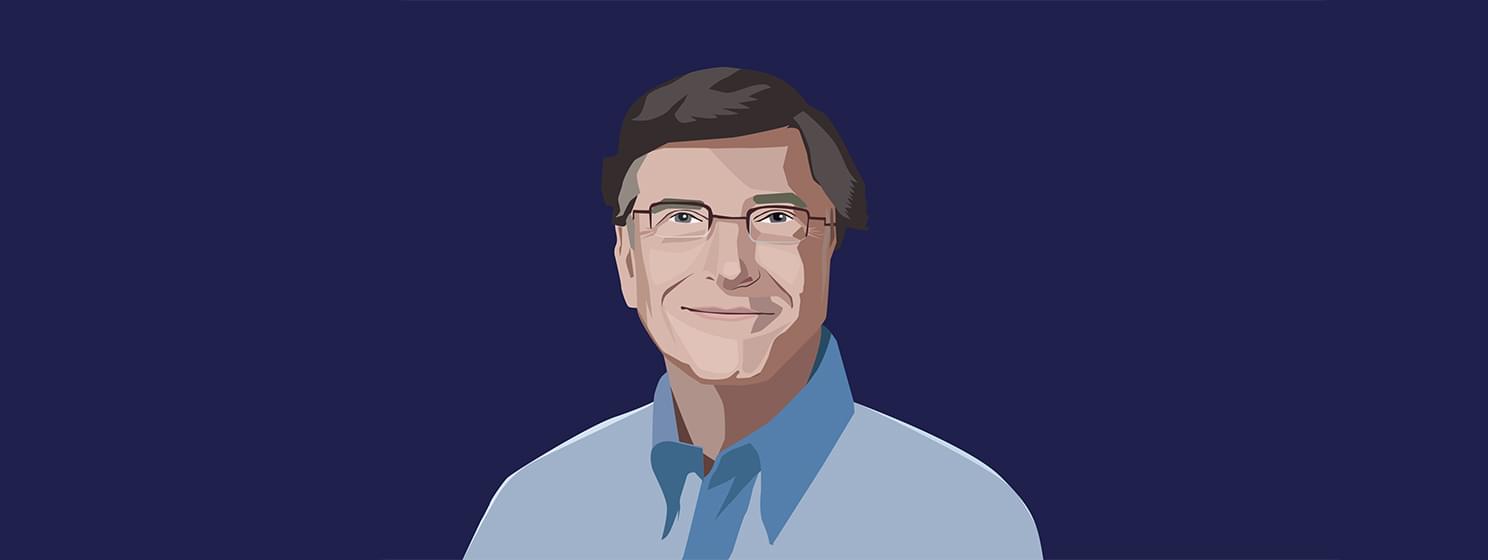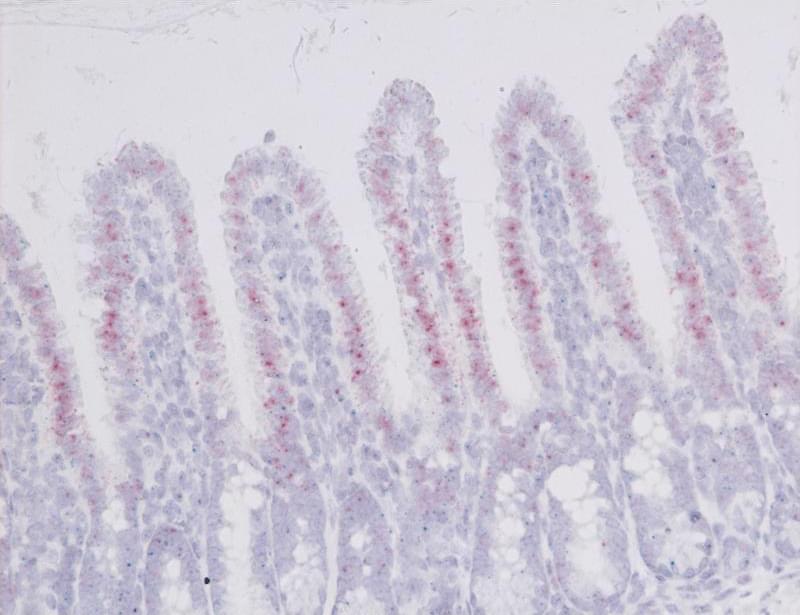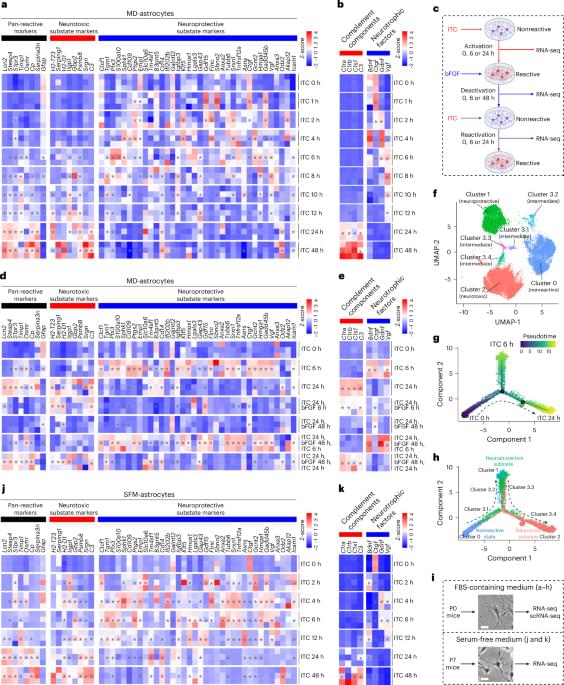Mature or nearly mature fruits of Piper longum are used as a spice, valued for their commercial and industrial applications, as well as in traditional Chinese medicine for their multiple effects, such as dispelling cold and relieving pain.
Given their long history of medicinal use, the fruits of P. longum present an opportunity to explore their therapeutic constituents. However, the chemical components of traditional Chinese medicines are often complex, making the efficient discovery of novel active compounds a challenging task in natural product research.
To address this challenge, a research team led by Prof. Haji Akber Aisa from the Xinjiang Technical Institute of Physics & Chemistry of the Chinese Academy of Sciences isolated 12 dimeric amide alkaloid enantiomers with anti-inflammatory and antidiabetic effects from P. longum fruits using a molecular network-based dereplication strategy. This study was published in the Journal of Agricultural and Food Chemistry.
